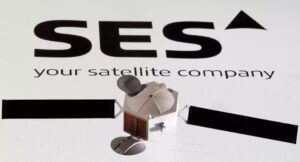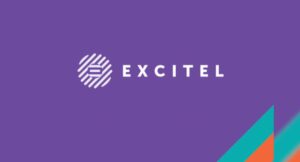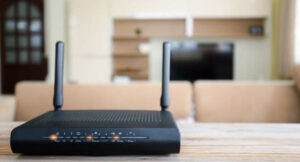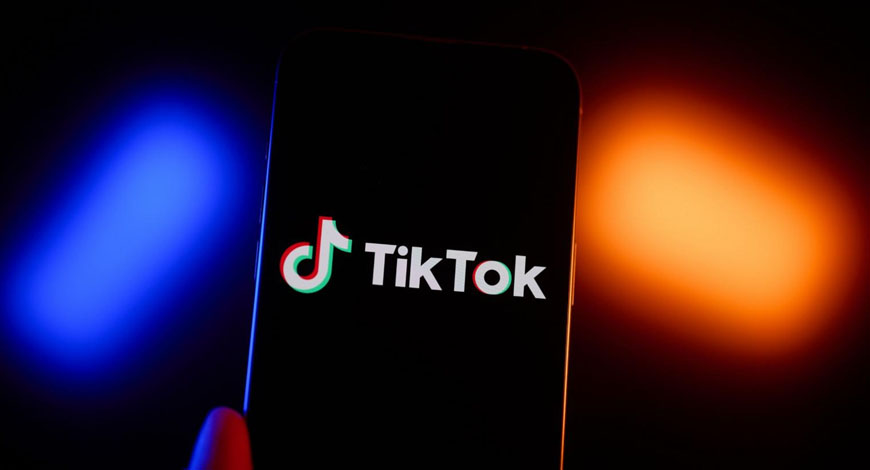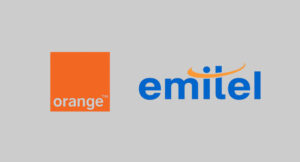Luxembourg-based SES, a global satellite-based content and connectivity solutions provider, has made its foray into India with a centre in Chennai.
Located at DLF IT Park in Chennai, the centre has a capacity of around 300 people, and has been operational for a few months now with a team of 200. SES is in the process of acquiring Intelsat and the latter’s team of 150 people will also join the SES fold. It will serve both as a general engineering office and will also build certain specialised areas for the group globally.
The centre was inaugurated on Tuesday in the presence of Dr Palanivel Thiagarajan, Minister of IT & Digital Services, Government of Tamil Nadu, Peggy Franzton, Ambassador of Luxembourg in India, Adel Al-Saleh, CEO, SES, and other officials.
“India was a natural choice for us, and when we were assessing various locations, Chennai came up as an an important choice, because of its talent, infrastructure, universities ecosystem and government/regulatory environment,” Al-Saleh said at the event. The team here is a global one with all leaders being global leaders of their functions, he added.
Speaking at the event, IT minister Thiagarajan said Tamil Nadu occupies a unique place in the future of India’s human capital: “Not all large States are able to produce the quantity and quality of talent as Tamil Nadu does.” Companies like SES are a chance for the state to create quality jobs, he added.
SES owns and operates a geosynchronous earth orbit (GEO) fleet and medium Earth orbit (MEO) constellation of satellites, and serves a diverse range of customers across the media, aviation, cruise, enterprise, and telecommunications sectors. Through the Indian Space Research Organisation (ISRO) and other local partners, SES has already been delivering satellite TV and data connectivity services including e-banking, telemedicine, e-governance across the country.
Quality talent
Al-Saleh told businessline that with the satellite communications industry going mainstream, SES felt a need to gain access to quality talent at scale. “In a few months now, we are 200 people, and if we want to scale to 1,000 also, this is the place to do it. With this, India becomes one of our big global hubs,” he said.
“Competition is intense. You have got the billionaires throwing a lot of money into it, and a lot of innovative start-ups disrupting the industry. To survive, you have to invest and innovate,” he added.
SES partnered with Reliance Jio in 2022 to form a joint venture, Jio Space Technology, to deliver broadband services in India leveraging satellite technology. Al-Saleh said that while they have supported the partnership from offshore, they expect to do a lot more work on it locally with a new India centre.
On Jio also announcing a new partnership with Elon Musk’s Starlink, Al-Saleh noted that the Jio-SES partnership has been “dramatically earlier” than Starlink’s decision to enter India. “The industry in India also understands that there is no one particular company that does everything; they want to have more distribution of responsibilities and choices,” he said. The Hindu BusinessLine
